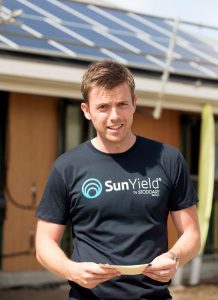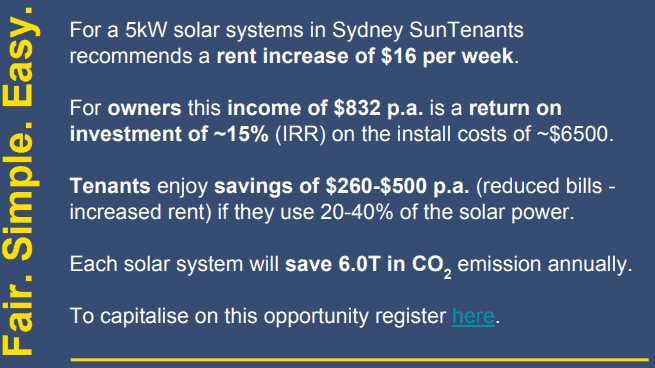Lightsource BP, a UK based solar and smart energy solutions company, is preparing to move into the Australian market where they will offer residential rooftop PV solar power at no upfront cost – instead using the PPA (Power Purchase Agreement) model usually reserved for large-scale solar installs.
Lightsource BP Solar in Australia

Lightsource Labs Australia Pty Ltd (LS Labs) have applied to the Australian Energy Regulator (AER) to launch their product, asking for an individual exemption to hold a retailer authorisation. The application says that LS Labs could launch their product in NSW, SA, QLD, and VIC within a couple of weeks, so all eyes on the regulator to see if they’re happy to grant the exemption.
The way LS Lab’s product will work is that they will supply, install, operate and maintain a solar array, batter and smart metering system to homes, and then sell the renewable power to the client at a fixed price under a PPA model. According to Renewables Now, the period of PPA could be up to 20 years and price per kWh will depend on the terms of each individual contract (i.e. it’ll be cheaper depending on how long the contract is). They also note that customers will be offered the opportunity to buy the system at any time after the second year of the PPA.
RenewEconomy is reporting that Lightsource BP partnered with French company Edf in the UK – using LG Chem batteries as part of the ‘Sunplug’ program. These PPAs were around 9.9p/kWh (~$0.18 AUD) so it’ll be interesting to see how this fares in the Australian market.
Last month, Lightsource BP acquired Ubiworx Systems to help support a plan for the global launch of a smart-home solution. Kareen Boutonnat, COO of Lightsource BP, said at the time that the “power of the home” will be very important with regards to shaping the world’s “new energy future” – a situation where the energy market transcends monitoring and controlling of consumption, turning ‘smart homes’ into ‘genius homes’ (as we call them). Will be exciting to see where this goes over the next few years!





